Home>Furniture & Design>Bathroom Accessories>Toilet Bowl Fills With Water When Flushed
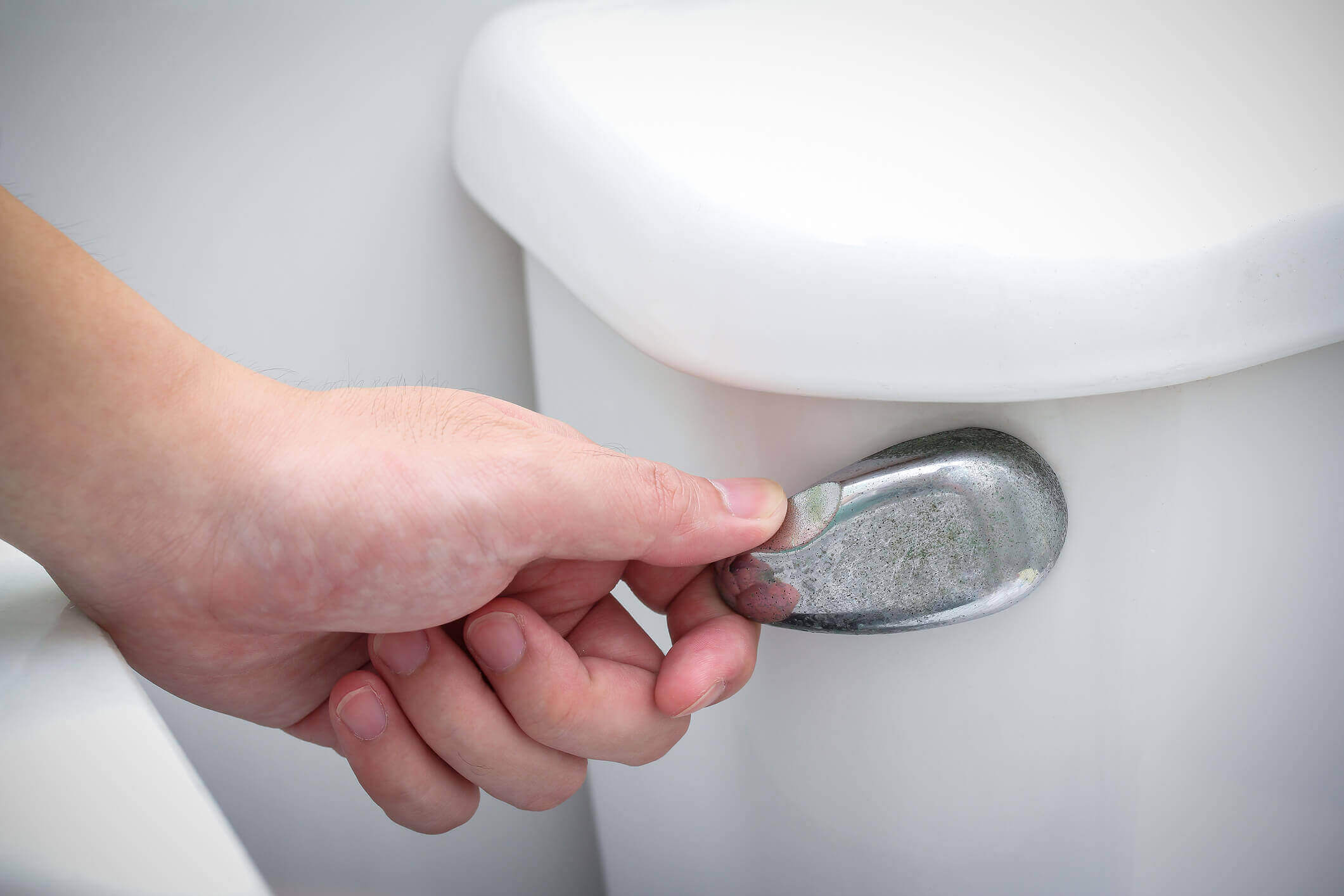

Bathroom Accessories
Toilet Bowl Fills With Water When Flushed
Modified: October 19, 2024
Ensure proper functionality with our bathroom accessories. Stop the frustration of a toilet bowl filling with water when flushed. Shop now!
(Many of the links in this article redirect to a specific reviewed product. Your purchase of these products through affiliate links helps to generate commission for Storables.com, at no extra cost. Learn more)
Common Causes of Toilet Bowl Filling with Water
-
Faulty Flapper Valve: One of the most common reasons for a toilet bowl filling with water is a faulty flapper valve. The flapper valve is responsible for controlling the flow of water from the tank to the bowl during the flushing process. If the flapper is worn out or not sealing properly, water can continuously leak from the tank into the bowl, causing it to fill up.
-
Water Level Adjustment: Incorrect water level in the tank can also lead to the toilet bowl filling with water. If the water level is set too high, it can result in excess water flowing into the bowl after each flush. Conversely, if the water level is too low, the flushing power may be compromised, leading to incomplete flushing and subsequent water accumulation in the bowl.
-
Clogged Drain Line: A clogged drain line can impede the proper flow of water from the bowl to the sewer system, causing the bowl to fill up after each flush. Common culprits of clogged drain lines include excessive toilet paper usage, foreign objects, or mineral deposits that restrict the passage of water.
-
Malfunctioning Fill Valve: The fill valve, also known as the ballcock, regulates the water level in the tank after each flush. If the fill valve is defective or improperly adjusted, it can result in either insufficient or excessive water entering the bowl, leading to filling issues.
-
Damaged Flush Valve: A damaged or worn-out flush valve can disrupt the flushing mechanism, causing water to continuously flow into the bowl. This can occur due to mineral buildup, wear and tear, or improper installation of the flush valve.
-
Sewer Line Blockage: In rare cases, a blockage in the sewer line can cause the toilet bowl to fill with water. This may be indicated by gurgling sounds from the drain, slow drainage in other fixtures, or sewage backups. A sewer line blockage requires immediate attention to prevent further plumbing issues.
Understanding the common causes of a toilet bowl filling with water is crucial for effective troubleshooting and resolution. By identifying the underlying issue, homeowners can take the necessary steps to rectify the problem and restore the proper functioning of their toilet system.
Key Takeaways:
- Don’t let a faulty flapper valve or clogged drain line leave your toilet bowl filling with water. Regular maintenance and responsible flushing practices can keep your toilet running smoothly.
- Keep your toilet bowl from filling with water by adjusting water levels, using water-saving devices, and promptly addressing plumbing concerns. Preventive measures and proactive maintenance ensure a trouble-free toilet system.
How to Troubleshoot a Toilet Bowl Filling with Water
When faced with a toilet bowl filling with water after each flush, it's essential to conduct a systematic troubleshooting process to identify and address the underlying issues. By following these steps, homeowners can effectively diagnose the cause of the problem and take appropriate measures to resolve it.
-
Inspect the Flapper Valve: Begin by examining the flapper valve in the toilet tank. Check for any signs of wear, damage, or misalignment. If the flapper appears worn out or does not create a proper seal when closed, it may be allowing water to leak into the bowl continuously. Replacing the flapper with a new, compatible one can rectify this issue.
-
Adjust the Water Level: Verify the water level in the tank to ensure it aligns with the manufacturer's recommended level. If the water level is too high, it can lead to excess water flowing into the bowl after each flush. Conversely, a water level that is too low may result in inadequate flushing power. Adjust the float or fill valve to achieve the optimal water level, typically indicated by a marked water line within the tank.
-
Check for Drain Line Obstructions: Inspect the toilet's drain line for any obstructions that may impede the proper flow of water. Use a flashlight to peer into the drain and look for potential blockages such as excessive toilet paper accumulation, foreign objects, or mineral deposits. If a clog is detected, use a plunger or a drain snake to clear the obstruction and restore unobstructed water flow.
-
Evaluate the Fill Valve: The fill valve, also known as the ballcock, plays a crucial role in regulating the water level in the tank. Ensure that the fill valve is functioning correctly and is not causing an excessive or insufficient influx of water into the bowl. If the fill valve is malfunctioning, consider adjusting or replacing it to restore proper water control.
-
Inspect the Flush Valve: Examine the flush valve for any signs of damage, mineral buildup, or misalignment. A damaged or improperly functioning flush valve can disrupt the flushing process, leading to continuous water flow into the bowl. Cleaning or replacing the flush valve can resolve this issue and restore the proper flushing mechanism.
-
Address Sewer Line Concerns: If other troubleshooting steps do not resolve the issue and there are indications of sewer line blockage, such as gurgling sounds or slow drainage in other fixtures, it is crucial to seek professional plumbing assistance. A thorough inspection of the sewer line and appropriate remediation measures may be necessary to alleviate the toilet bowl filling with water.
By systematically troubleshooting a toilet bowl filling with water, homeowners can pinpoint the specific cause of the issue and take targeted actions to rectify it. This proactive approach not only resolves the immediate problem but also contributes to the efficient and reliable functioning of the toilet system.
Steps to Fix a Toilet Bowl Filling with Water
Addressing a toilet bowl filling with water requires a systematic approach to identify and resolve the underlying causes. By following these steps, homeowners can effectively rectify the issue and restore the proper functioning of their toilet system.
-
Replace the Flapper Valve: Begin by turning off the water supply to the toilet and flushing to empty the tank. Inspect the flapper valve for signs of wear, damage, or misalignment. If the flapper is not creating a proper seal when closed, it may be allowing water to continuously leak into the bowl. Remove the old flapper and install a new, compatible replacement to ensure a tight seal and prevent water leakage.
-
Adjust the Water Level: Verify the water level in the tank and adjust it to the manufacturer's recommended level, typically indicated by a marked water line within the tank. If the water level is too high, it can lead to excess water flowing into the bowl after each flush. Conversely, a water level that is too low may result in inadequate flushing power. Adjust the float or fill valve to achieve the optimal water level, ensuring efficient flushing and preventing bowl overfilling.
-
Clear Drain Line Obstructions: Inspect the toilet's drain line for any obstructions that may impede the proper flow of water. Use a flashlight to identify potential blockages such as excessive toilet paper accumulation, foreign objects, or mineral deposits. If a clog is detected, utilize a plunger or a drain snake to dislodge and remove the obstruction, allowing unobstructed water flow and preventing bowl filling issues.
-
Evaluate and Adjust the Fill Valve: The fill valve, also known as the ballcock, regulates the water level in the tank after each flush. Ensure that the fill valve is functioning correctly and is not causing an excessive or insufficient influx of water into the bowl. If the fill valve is malfunctioning, consider adjusting or replacing it to restore proper water control and prevent overfilling of the toilet bowl.
-
Inspect and Replace the Flush Valve: Examine the flush valve for any signs of damage, mineral buildup, or misalignment. A damaged or improperly functioning flush valve can disrupt the flushing process, leading to continuous water flow into the bowl. Clean or replace the flush valve as needed to ensure a smooth and effective flushing mechanism, preventing water accumulation in the bowl.
-
Professional Sewer Line Inspection: If the aforementioned steps do not resolve the issue and there are indications of a sewer line blockage, such as gurgling sounds or slow drainage in other fixtures, it is imperative to seek professional plumbing assistance. A thorough inspection of the sewer line and appropriate remediation measures may be necessary to alleviate the toilet bowl filling with water.
By following these comprehensive steps, homeowners can systematically address and resolve the issue of a toilet bowl filling with water. This proactive approach not only rectifies the immediate problem but also contributes to the efficient and reliable functioning of the toilet system.
Preventing Toilet Bowl from Filling with Water
Preventing the toilet bowl from filling with water involves proactive measures to maintain the proper functioning of the toilet system and minimize the risk of water accumulation issues. By implementing preventive strategies, homeowners can mitigate potential causes of bowl filling and ensure the efficient operation of their toilets.
Regular Maintenance and Inspection
Performing regular maintenance and inspections is essential for preventing toilet bowl filling issues. This includes checking and replacing worn-out components such as the flapper valve, fill valve, and flush valve to maintain their effectiveness. Additionally, inspecting the drain line for potential obstructions and promptly addressing any buildup can prevent blockages that lead to bowl filling problems.
Proper Water Level Adjustment
Ensuring the proper adjustment of the water level in the toilet tank is crucial for preventing bowl filling with water. Homeowners should adhere to the manufacturer's recommended water level and promptly adjust the float or fill valve if any deviations are observed. Maintaining the optimal water level prevents both overfilling and insufficient flushing power, promoting efficient water usage and preventing bowl filling issues.
Responsible Flushing Practices
Educating household members about responsible flushing practices can contribute to preventing toilet bowl filling with water. Encouraging the use of minimal toilet paper and avoiding flushing foreign objects or excessive waste can reduce the likelihood of drain line obstructions. By promoting mindful flushing habits, homeowners can minimize the risk of clogs that lead to water accumulation in the bowl.
Installation of Water-Saving Devices
Installing water-saving devices such as adjustable fill valves and dual-flush mechanisms can aid in preventing toilet bowl filling issues. These devices allow homeowners to customize the water usage per flush, promoting efficient flushing while minimizing the risk of overfilling the bowl. By incorporating water-saving technologies, homeowners can proactively prevent water-related concerns in their toilets.
Prompt Resolution of Plumbing Concerns
Addressing plumbing concerns promptly is vital for preventing toilet bowl filling with water. Any signs of leaks, unusual water levels, or flushing irregularities should be investigated and resolved without delay. Timely intervention can prevent minor issues from escalating into major problems, safeguarding the toilet system against water accumulation and related complications.
By implementing these preventive measures, homeowners can effectively prevent the toilet bowl from filling with water, ensuring the reliable and efficient operation of their toilets while minimizing the need for reactive troubleshooting and repairs. Proactive maintenance, responsible usage practices, and the incorporation of water-saving technologies collectively contribute to a well-functioning and trouble-free toilet system.
Frequently Asked Questions about Toilet Bowl Fills With Water When Flushed
Was this page helpful?
At Storables.com, we guarantee accurate and reliable information. Our content, validated by Expert Board Contributors, is crafted following stringent Editorial Policies. We're committed to providing you with well-researched, expert-backed insights for all your informational needs.
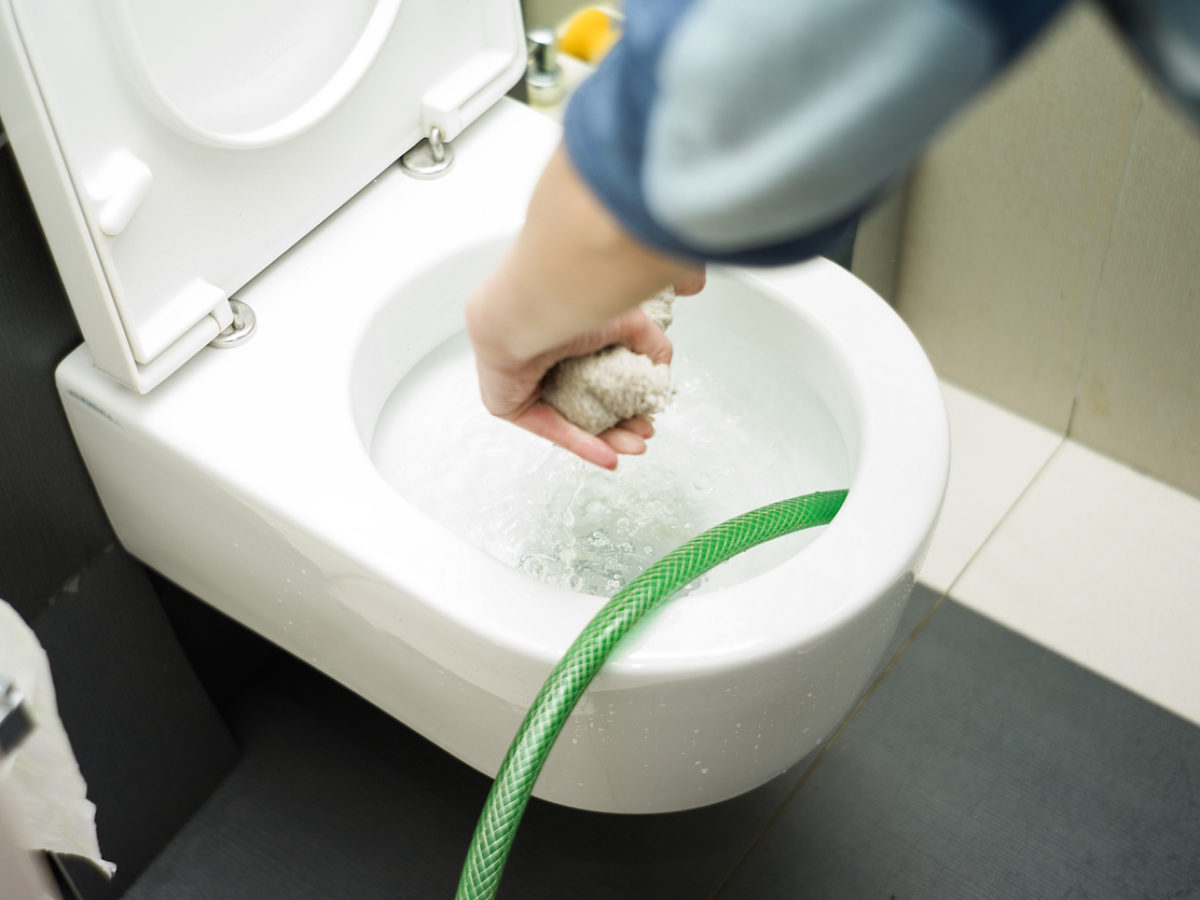
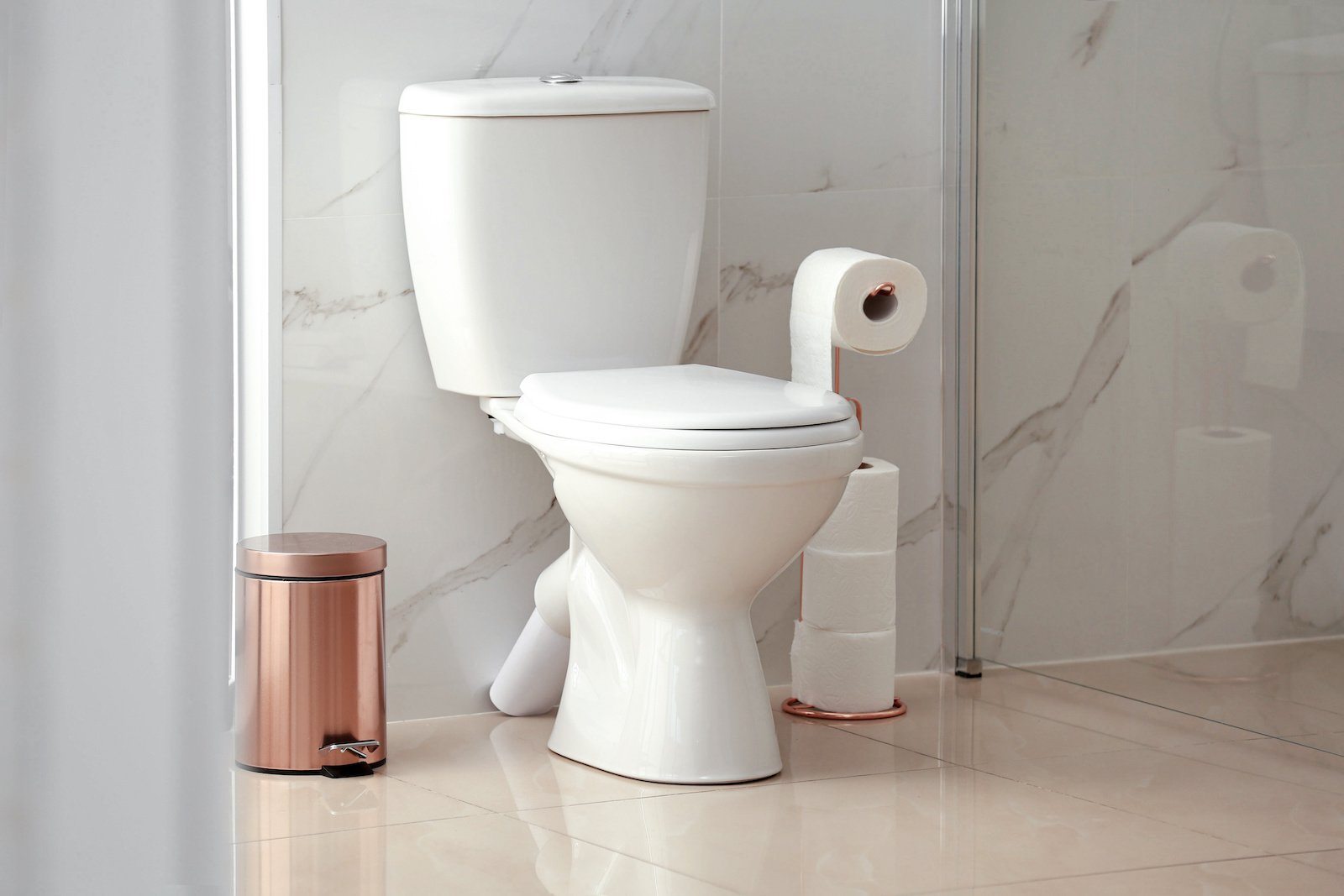
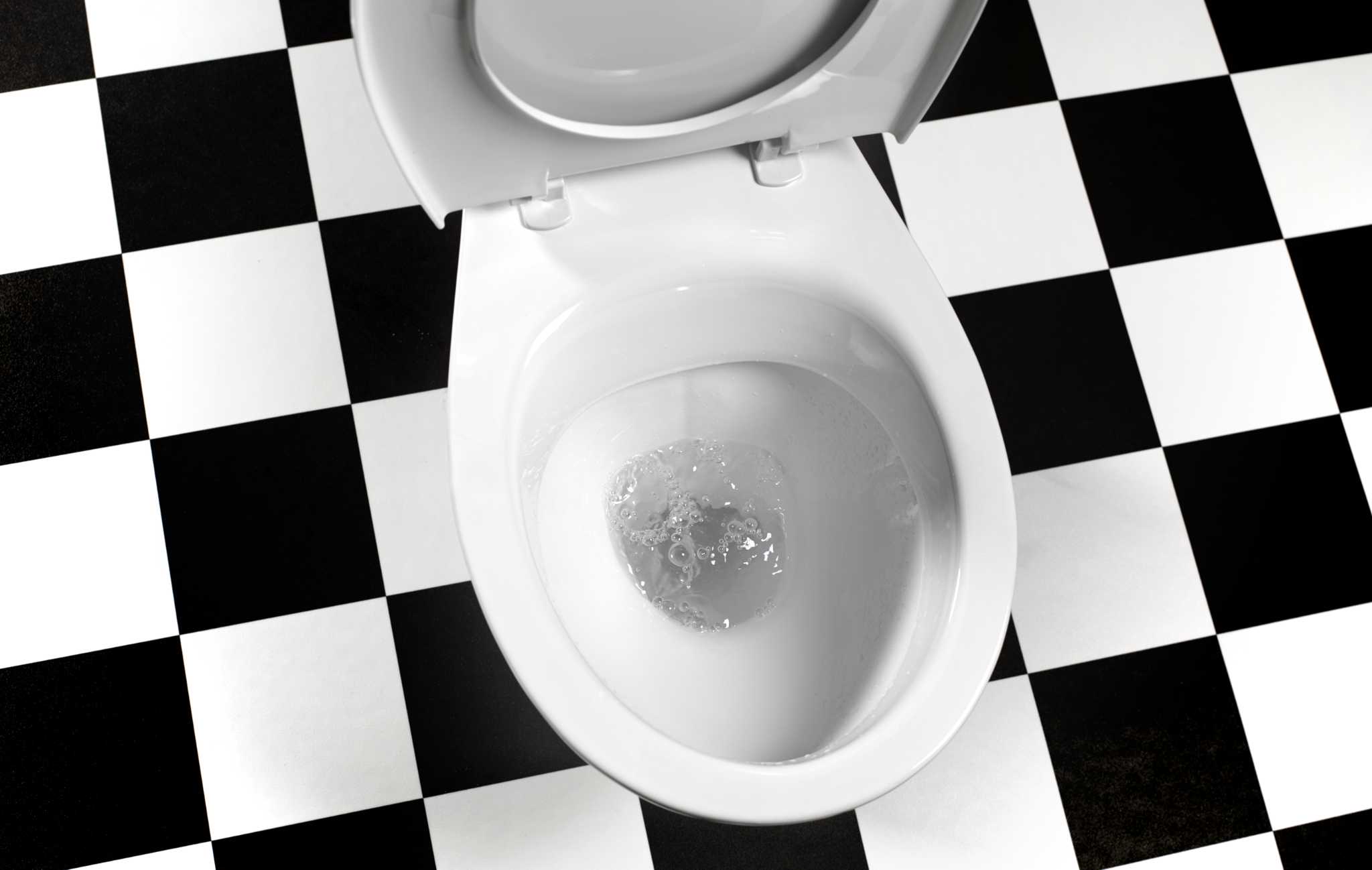
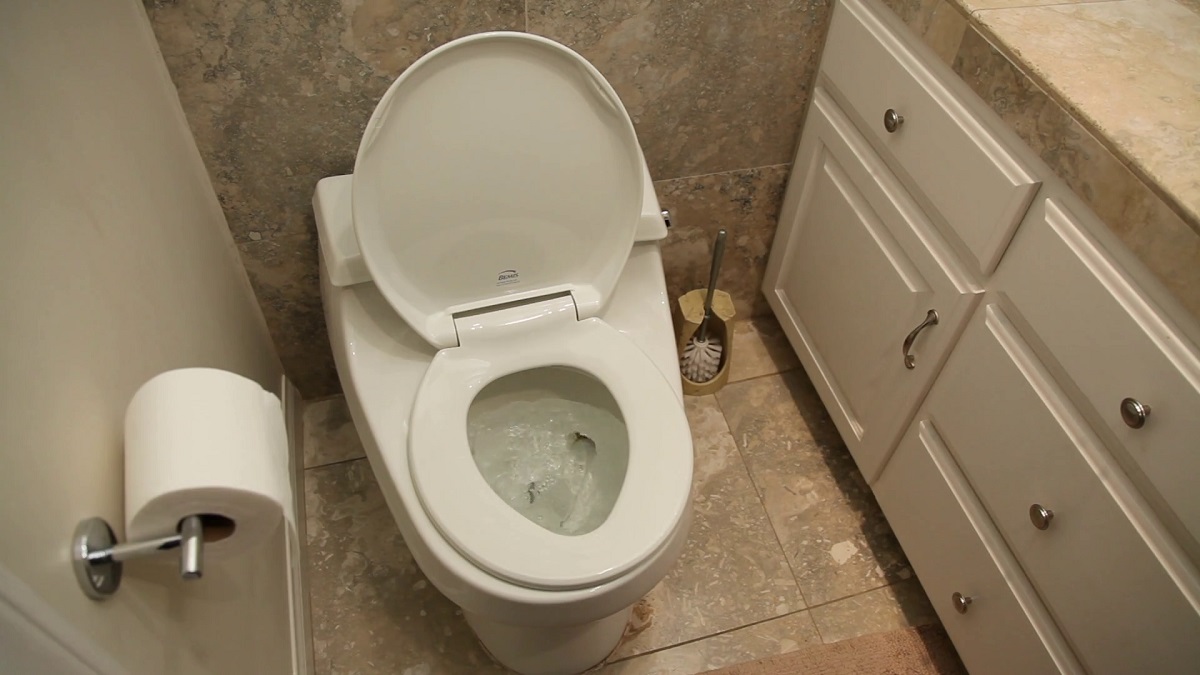
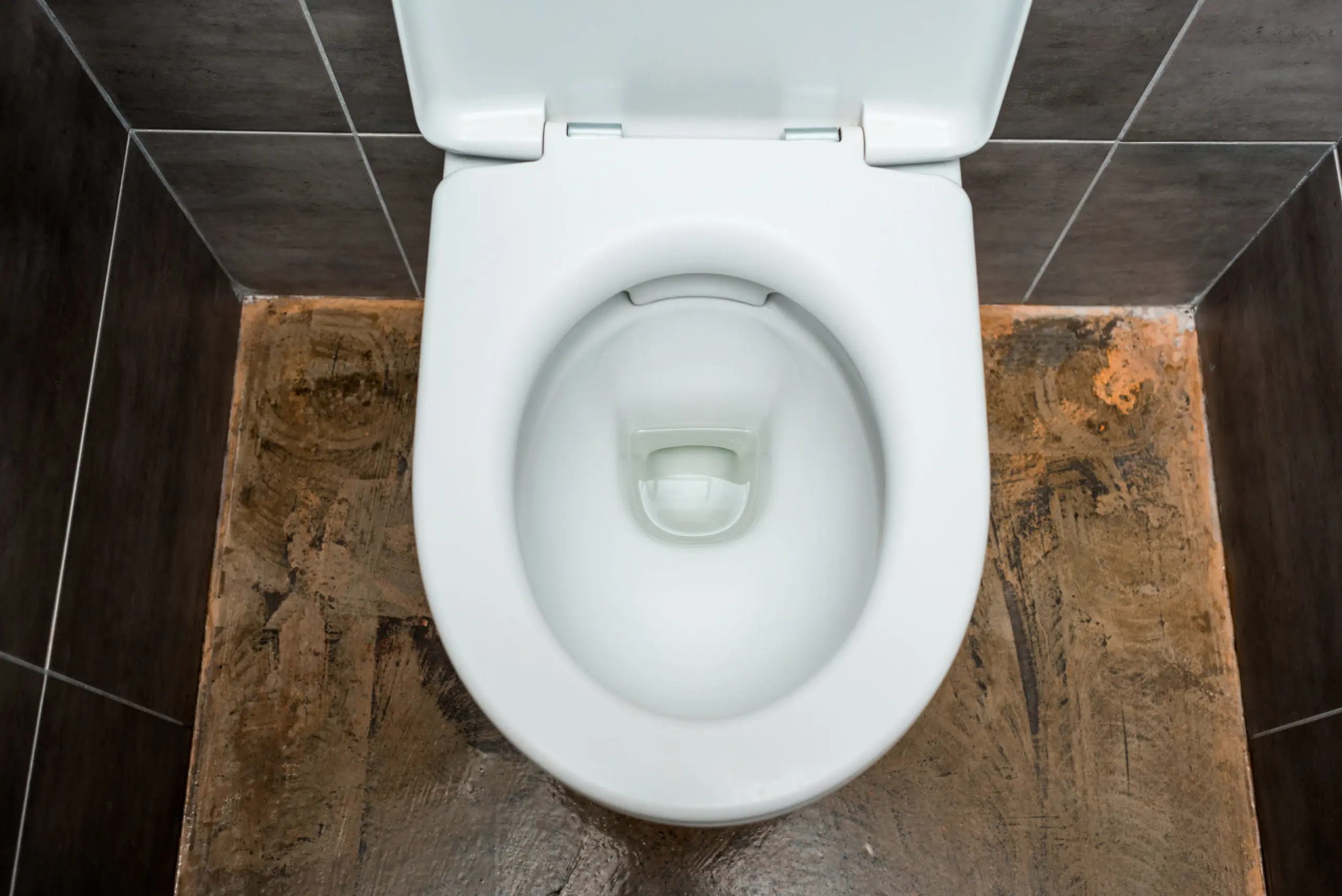

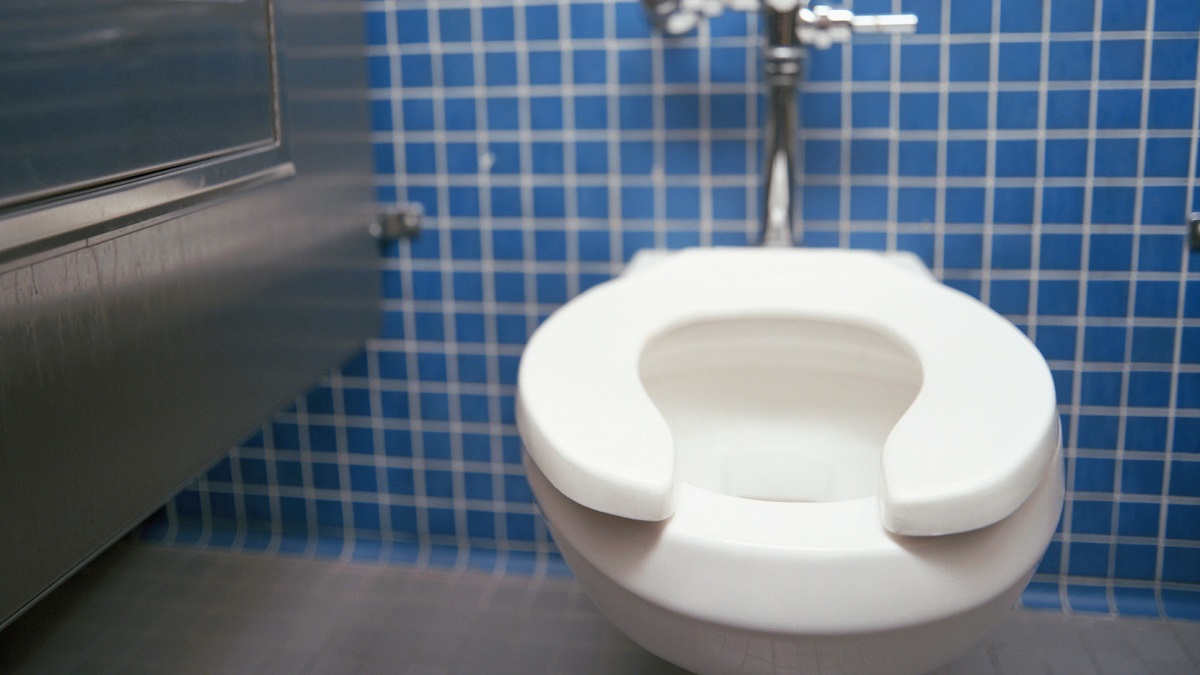
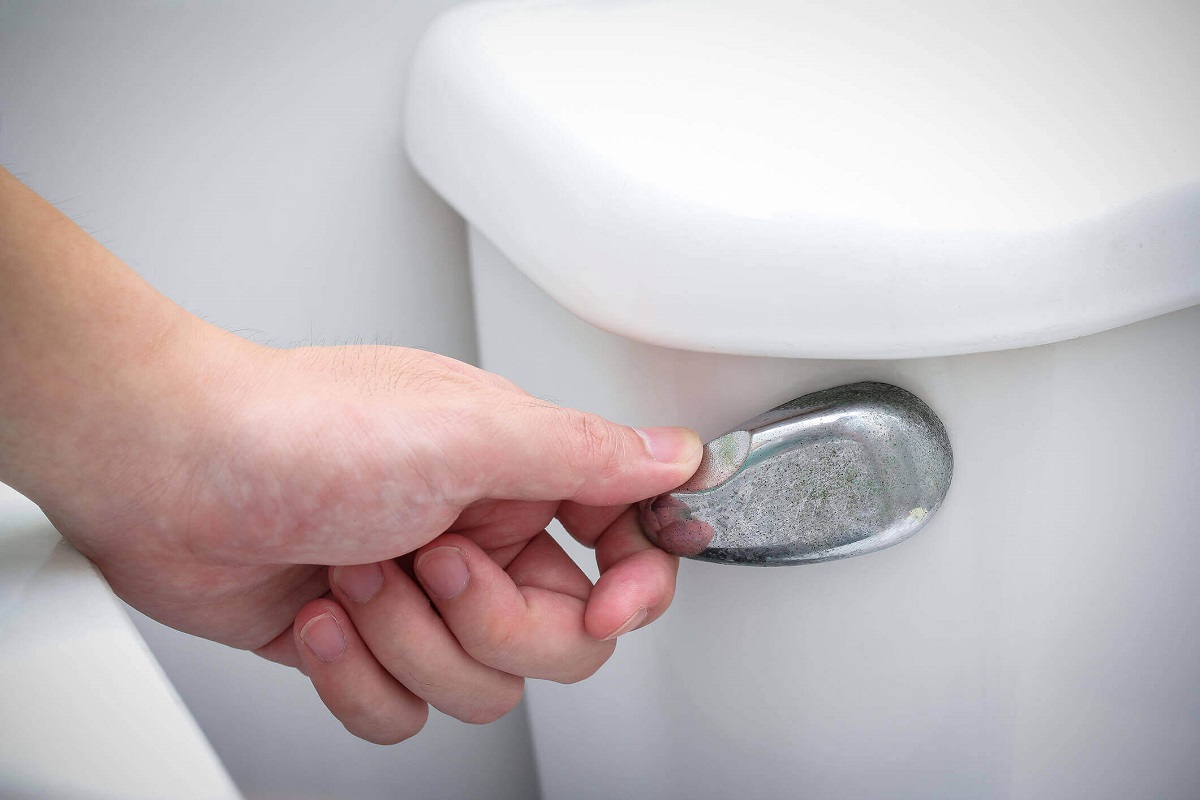
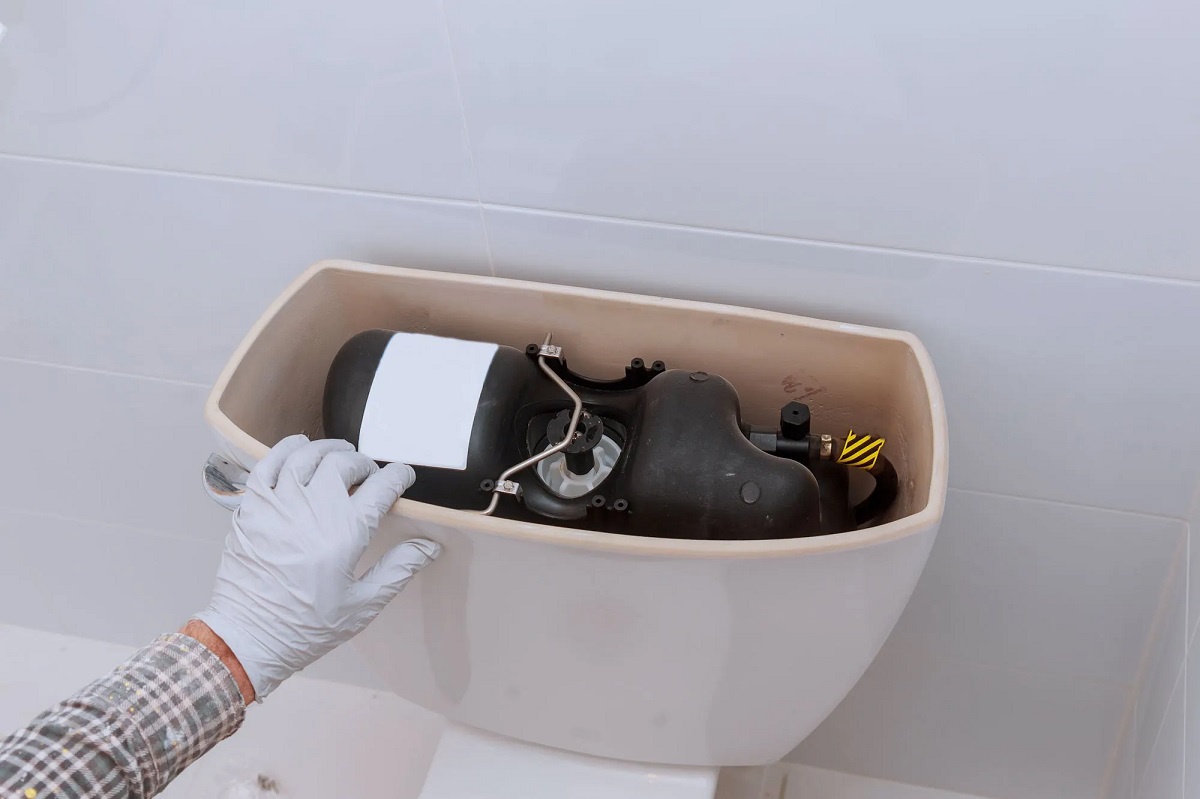
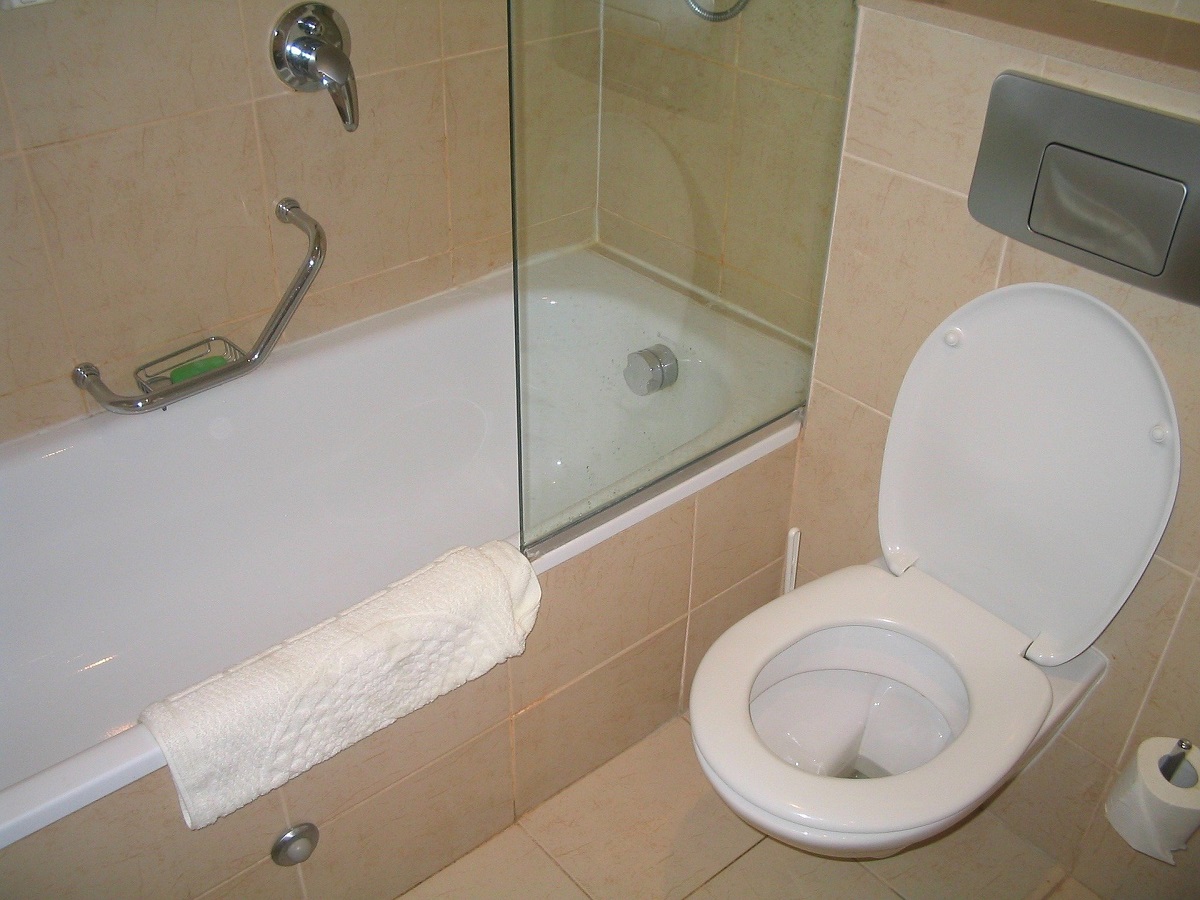
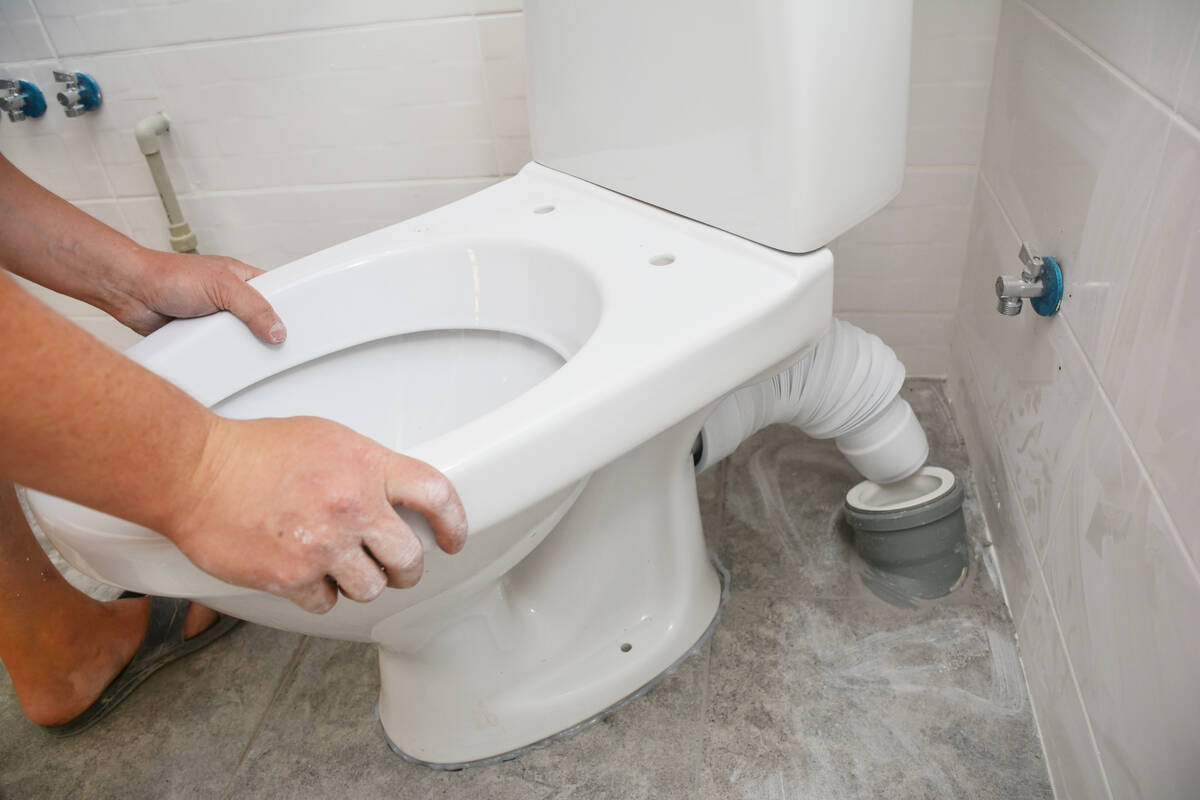
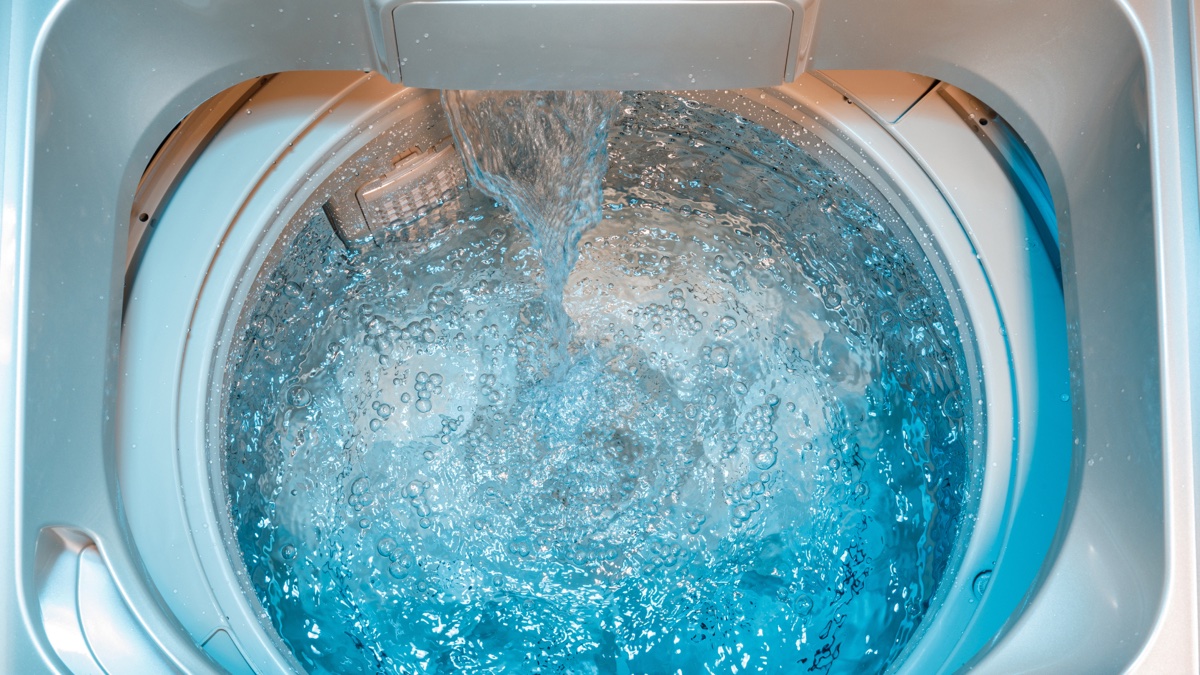
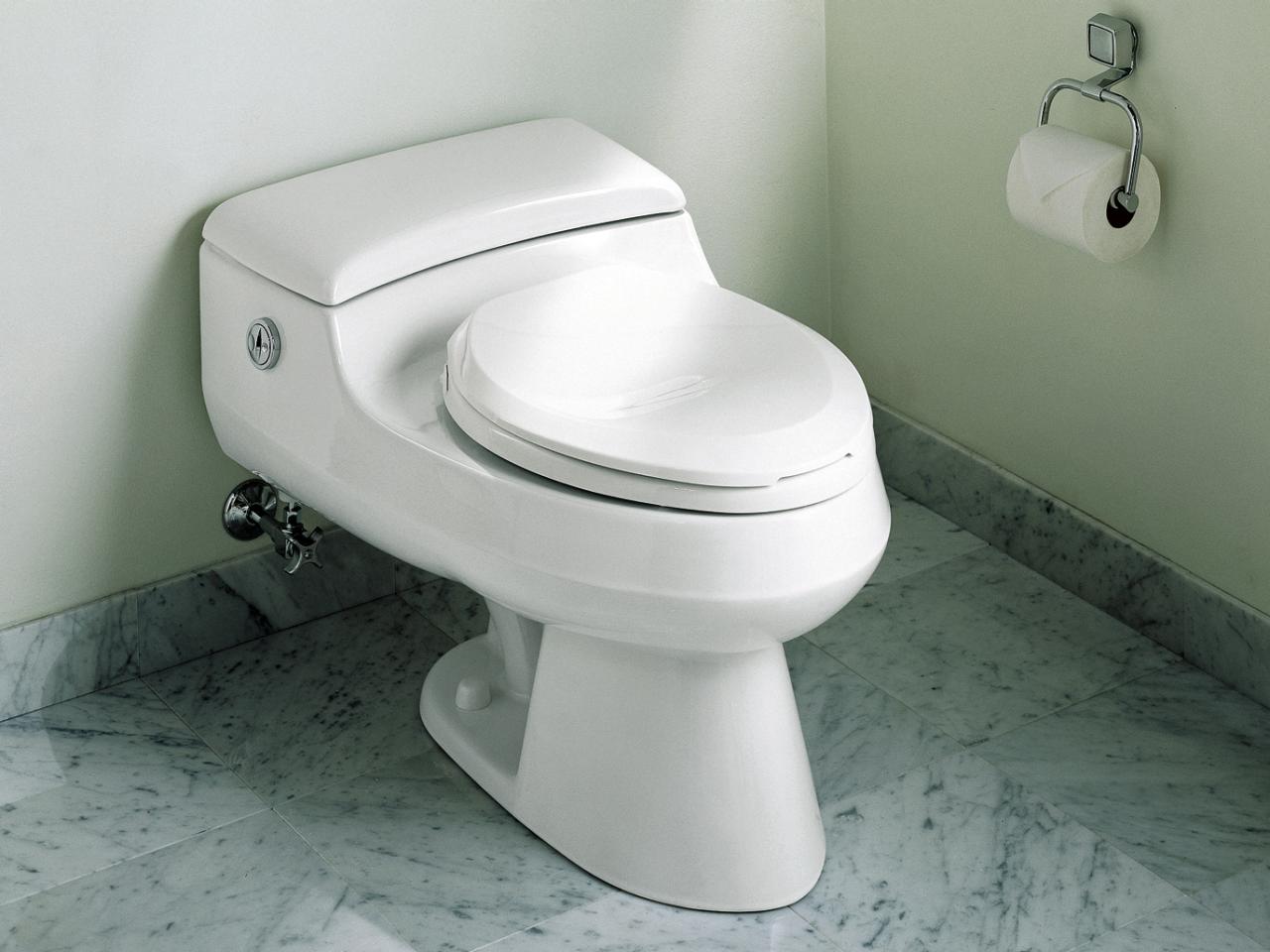
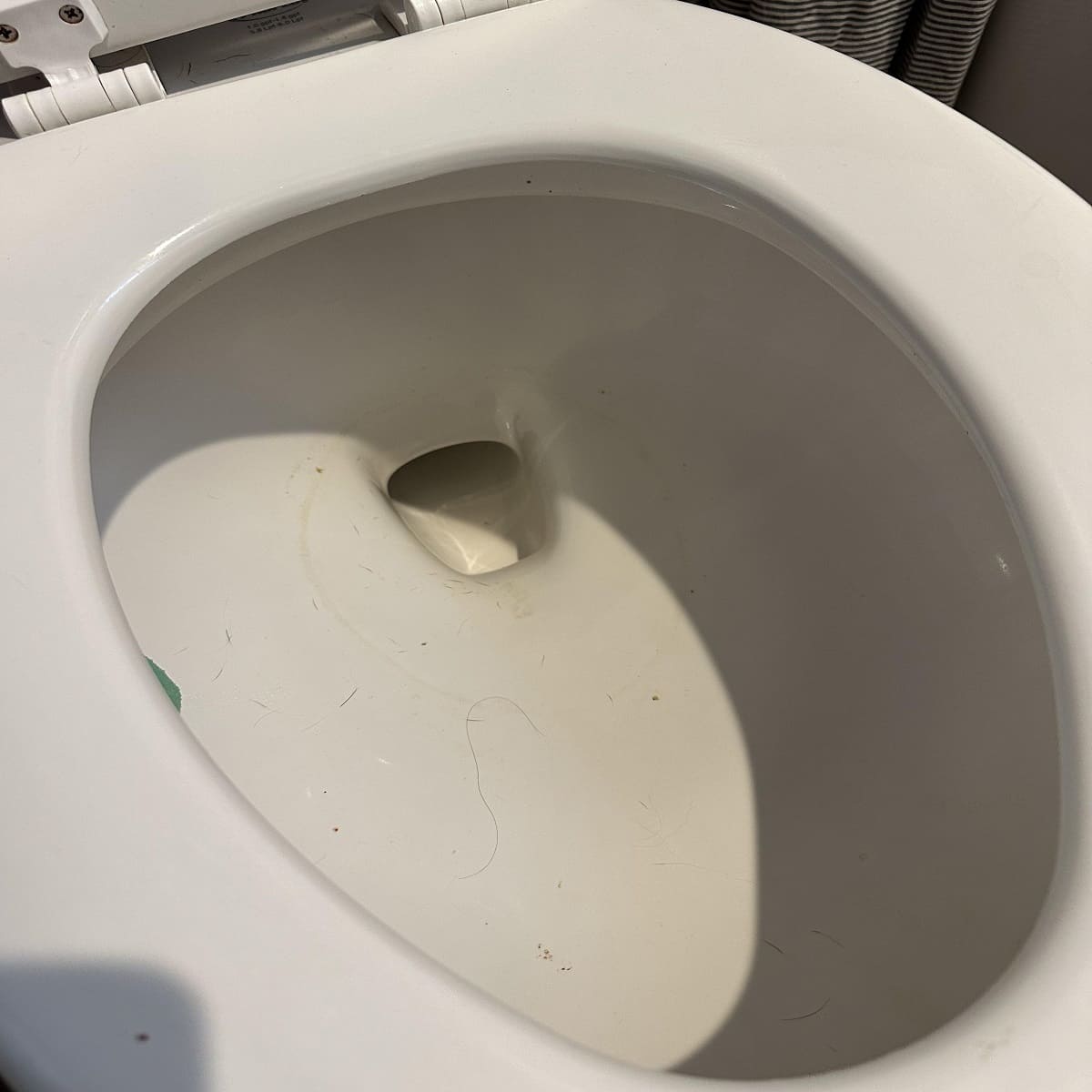

0 thoughts on “Toilet Bowl Fills With Water When Flushed”